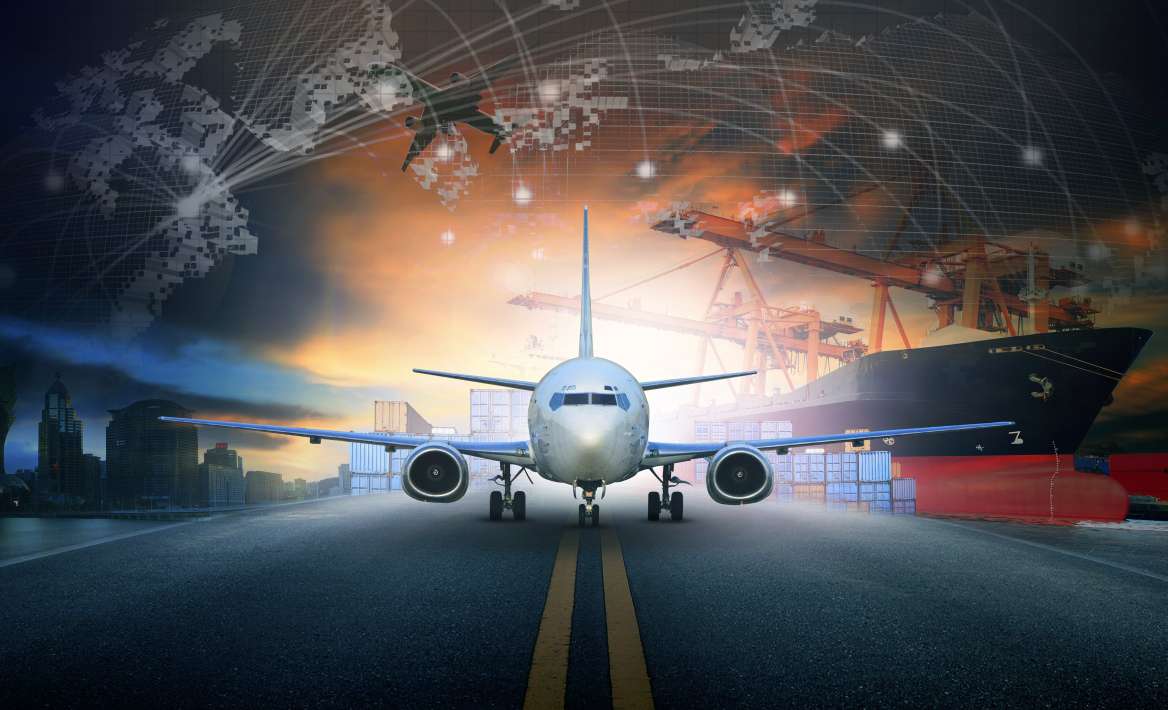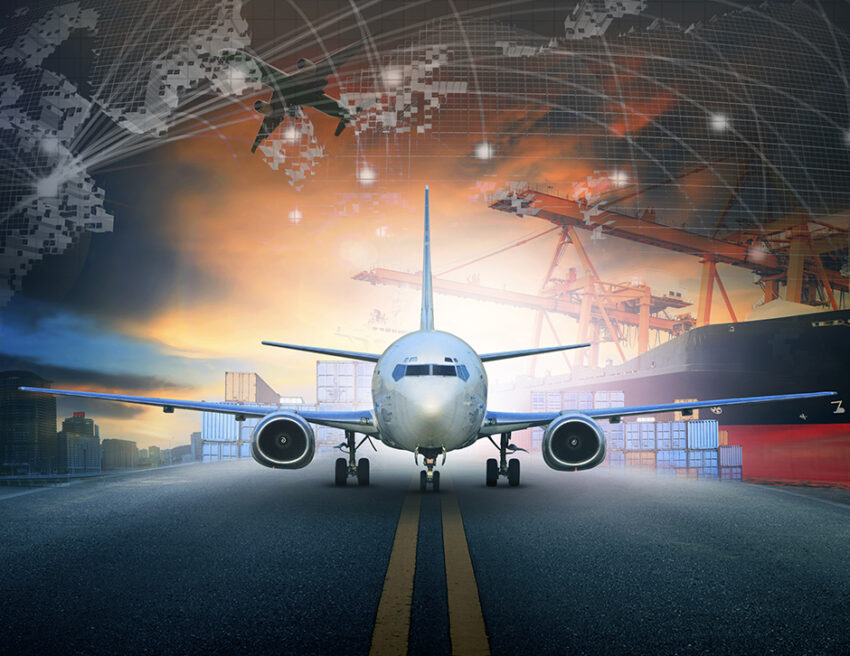Like every other mode of transportation in the logistics industry, the air freight sector was also severely impacted by the pandemic. On the one hand, it was battling with the restrictions on operations, while on the other hand, the demand for air freight services has soared. According to IATA, the demand for air cargo reached its highest level in March 2021 and the trend will possibly rise as the holiday season approaches.
The tremendous demand in the air cargo industry is surely good news for the cargo airlines and air freight forwarders. However, the capacity is still tight and we are not too sure about how this industry is going to cope with the rising demand for air cargo. The lack of capacity is primarily because of the limited passenger planes which used to carry considerable cargo volume in their belly hold. In today’s blog, we will present you with a brief report about the increase in demand for air freight and how the industry is dealing with it.

Causes of the increased demand for air cargo
E-commerce boom
The changes in shopping trends are surely an important factor that has driven the rising demand for air freight. A vast number of people are now buying their daily commodities online. E-commerce boom naturally implies quickest deliveries and hence the increased demand for air freight.
Putting it simply people are now spending more money on goods. To quote Tim Scharwath, the CEO of DHL, “People are willing to spend, they have more money left because they didn’t go on holiday….the air freight capacity will also be scarce into 2022 because slow vaccine rollouts in Asia will dissuade people from traveling.”
The instability of the ocean freight industry
The sea freight industry has suffered a number of setbacks in recent times. To begin with, the sea freight forwarders are contending with the problem of container shortage and the increased price of ocean freight. Moreover, there are also the added problems of blank sailings, and delays due to bottlenecks at the ports. For this reason, even cargoes that were traditionally moved by containers are now being transported via air freight. Most importantly, the surge in the price of ocean freight has also made air cargo more competitive and economically viable.
Airfreight is more convenient than any other mode of transportation
Airfreight is the fastest way of moving a shipment which naturally makes it far more convenient than any other mode of transportation. Additionally, air cargo is also the most reliable way of moving a freight. No matter which part of the world you want to send your cargo to, delivering it via air freight will not be an issue.
The anomalies in demand and supply
Even during the peak of the pandemic when everything was ground to a halt, the air cargo industry kept the international trade going. However, the capacity of freighter planes is still not at par with the demand which has led to tightness in the market.
Shortage of belly capacity in passenger planes
The lack of capacity is primarily because of the shortage of the belly capacity of passenger aircraft. Even today the passenger planes are still not operating regularly because of travel restrictions. The cancellation of several flights also means a lack in cargo capacity. Although a large number of passenger planes were restructured to carry cargo on the main deck it still didn’t make up for the lack of belly capacity.
Demand will continue to rise in the 4th quarter of 2021
The peak holiday season is just three months away. For this reason, the air cargo industry has already started preparations to cope with the increasing demand. In the words of John Dietrich, the CEO of Atlas Air, “Demand also continues to exceed available supply, particularly on the international routes as international travel stays subdued and related belly capacity remains out of the market.” Nevertheless, airlines are now making more use of dedicated freighters in a bid to counter the belly capacity shortage. The international capacity of dedicated freight planes rose by 20.6% in March.
The air freight rates have reached an all-time high
The anomalies in demand and supply also affected the price of air cargo. The air freight rates have significantly soared since March 2020. Although the price has somewhat stabilized in 2021, it continues to be higher than normal. In the fourth quarter of this year, the prices might go up a bit because of the increased demand. The reintroduction of passenger flights is expected to bring down the rates. However, the rising demand and the impact of the new Delta variant could keep the rates high till 2022.
The air cargo industry is also facing congestion because of the spike in demands
Presently, congestion has become a recurring problem for the air freight industry leading to delays. Although the goods are moved swiftly via planes, the cargoes have to be physically handled after they come out of the aircraft. This is where we are seeing considerable congestion. In some parts, there are not just enough crew to handle the massive cargo volume. Additionally, many cargo handling companies curtailed their workforce after the pandemic. As a result, they were not at all prepared for this sudden freight in air cargo business. This is yet another reason for congestions in airports.
What the future holds for the air cargo industry?
Air cargo has now come up as the backbone of the global transportation and logistics industry. The pandemic has demonstrated that the air freight industry is capable of countering the ongoing challenges by adopting new technologies. In the words of Willie Walsh, the Director-General of IATA, “This is how we are meeting growing demand even as much of the passenger fleet remains grounded. The sector needs to retain this momentum post-crisis to drive the sector’s long-term efficiency with digitization.” The air cargo industry is taking all the required measures to find the necessary capacity to adapt its operations according to the current demands.
However, by no means we can expect the situation to normalize overnight. We have to wait for another few months until the pandemic situation abates for the demand to go back to normal. Only then we can expect the air cargo rates to drop.


